Introduction
The jujube, also known as the Chinese date or red date, is a fruit that holds a special place in many cultures, particularly in Asia. Its sweet and slightly tangy flavor, coupled with its numerous health benefits, makes it a highly valued food item. One of the most common ways to preserve jujubes for extended periods is by drying them. Dried jujubes, or dried dates, retain much of their nutritional value and offer a concentrated sweetness that is perfect for snacks, cooking, and baking. This guide will delve into the process of how to dry fresh jujubes effectively, ensuring that you end up with high-quality, delicious dried jujubes.
Understanding the Importance of Drying
Before diving into the specifics of drying fresh jujubes, it’s crucial to understand why drying is such an important preservation technique. Fresh jujubes are highly perishable, with a shelf life of only a few days to a week under optimal conditions. Drying significantly extends their shelf life by removing moisture, which inhibits the growth of microorganisms that cause spoilage. Additionally, dried jujubes are more convenient to store and transport, making them a valuable commodity for both local and international trade.
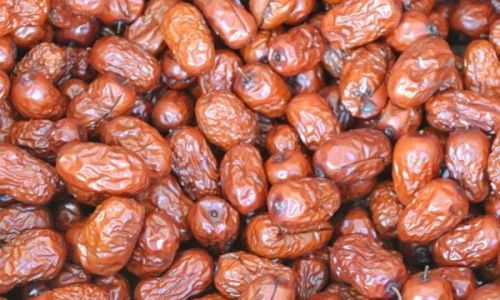
Choosing the Right Jujubes
The quality of the final dried product largely depends on the quality of the fresh jujubes you start with. Here are some tips for selecting the best jujubes for drying:
- Maturity: Opt for fully ripe jujubes. They should be firm to the touch, with a deep red or orange color indicating ripeness.
- Variety: Different varieties of jujubes have varying flavors and textures. Some may be sweeter, while others may have a more tangy taste. Choose a variety that suits your preferences.
- Pesticide-Free: If possible, source organic jujubes to avoid any potential health risks associated with pesticide residues.
- Inspection: Examine the jujubes for any signs of damage, mold, or insects. Discard any that do not meet your quality standards.
Preparation Before Drying
Once you have selected your jujubes, there are a few preparation steps you need to follow before starting the drying process:
- Cleaning: Rinse the jujubes under running water to remove any dirt, debris, or pesticides. Pat them dry using a clean cloth or paper towels.
- Sorting: Separate the jujubes by size and quality. Larger jujubes may take longer to dry, while smaller ones may dry more quickly. Sorting ensures a more uniform drying process.
- Treating for Pests: If you are concerned about insects or larvae, you can soak the jujubes in a solution of water and a small amount of vinegar for about 10 minutes. Rinse them thoroughly after soaking.
Methods of Drying Fresh Jujubes
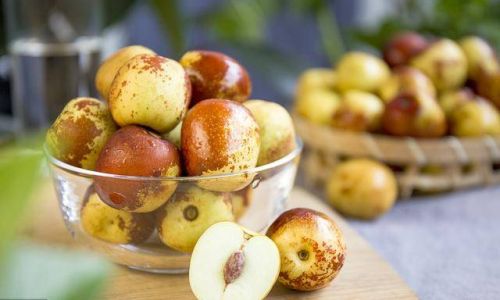
There are several methods you can use to dry fresh jujubes, each with its own set of advantages and disadvantages. Here are the most common methods:
Sun Drying
Sun drying is the traditional method of drying jujubes and is still widely practiced in many regions. It is cost-effective and does not require any special equipment. However, it can be time-consuming and is dependent on weather conditions.
- Procedure: Lay the cleaned and sorted jujubes on clean, dry trays or bamboo mats. Place them in a sunny, well-ventilated area. Turn the jujubes occasionally to ensure even drying. Depending on the intensity of the sunlight and humidity levels, sun drying can take several days to a week.
- Considerations: Protect the jujubes from direct contact with the ground to avoid contamination. Also, cover them lightly at night to prevent dew from forming, which could cause mold growth.
Oven Drying
Oven drying is a faster method that allows for more control over the drying process. It is particularly useful in areas with limited sunlight or high humidity.
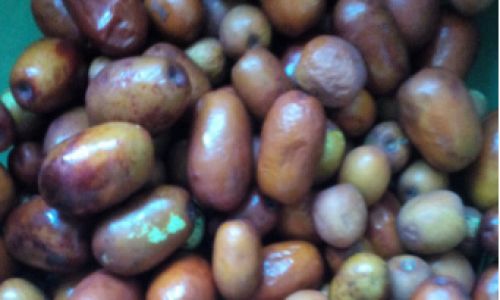
- Procedure: Preheat your oven to a low temperature, ideally between 120°F (49°C) and 140°F (60°C). Spread the jujubes in a single layer on baking sheets. Place them in the oven and leave the door slightly ajar to allow moisture to escape. Check the jujubes regularly, turning them occasionally. Oven drying typically takes 6 to 12 hours, depending on the oven’s temperature and the size of the jujubes.
- Considerations: Avoid setting the oven temperature too high, as this can cause the jujubes to cook rather than dry. Also, keep an eye on the jujubes to prevent them from burning.
Dehydrator Drying
Using a food dehydrator is the most efficient and controlled method of drying jujubes. Dehydrators provide a consistent temperature and airflow, ensuring even drying.
- Procedure: Set your dehydrator to a temperature between 125°F (52°C) and 135°F (57°C). Spread the jujubes in a single layer on the dehydrator trays. Follow the manufacturer’s instructions for drying times, which can range from 8 to 24 hours depending on the model and the size of the jujubes.
- Considerations: Ensure that the dehydrator trays are not overcrowded, as this can restrict airflow and slow down the drying process. Additionally, check the jujubes periodically to ensure they are not sticking to the trays.
Air-Drying with a Fan
If you do not have access to a dehydrator or oven, you can use a fan to assist in the drying process. This method is slower than using a dehydrator or oven but is still effective.
- Procedure: Set up a fan in a well-ventilated room. Lay the jujubes on clean, dry trays or bamboo mats. Place the trays in front of the fan, ensuring that the air can circulate freely around the jujubes. Turn the jujubes occasionally to promote even drying. Air-drying can take several days to a week, depending on the humidity and temperature in the room.
- Considerations: Keep the room as dust-free as possible to avoid contamination. Also, be prepared for a longer drying time compared to other methods.
Post-Drying Procedures
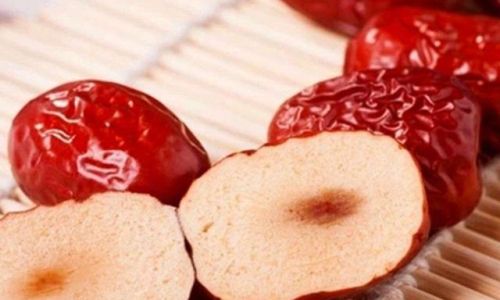
Once the jujubes are fully dried, there are a few additional steps you can take to ensure their quality and storage:
- Cooling: Allow the dried jujubes to cool completely before handling or storing. This helps to prevent condensation, which could lead to mold growth.
- Inspection: Examine the dried jujubes for any signs of mold, insects, or incomplete drying. Discard any that do not meet your quality standards.
- Storage: Store the dried jujubes in an airtight container in a cool, dark place. Avoid exposure to direct sunlight and high humidity, as this can cause the jujubes to degrade over time.
Conclusion
Drying fresh jujubes is a simple yet effective way to preserve this nutritious and delicious fruit. By following the steps outlined in this guide, you can produce high-quality dried jujubes that retain their natural sweetness and texture. Whether you choose to sun dry, oven dry, use a dehydrator, or air-dry with a fan, the key to success is patience and attention to detail. With the right techniques and equipment, you can enjoy the benefits of dried jujubes for months or even years after harvesting. So, why wait? Start drying your fresh jujubes today and savor their sweetness all year round!
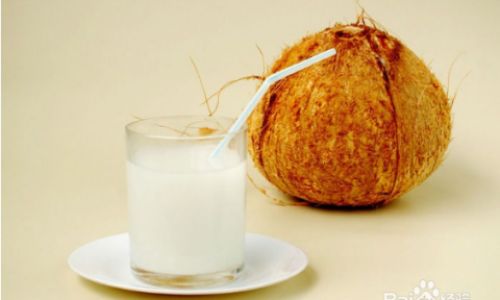
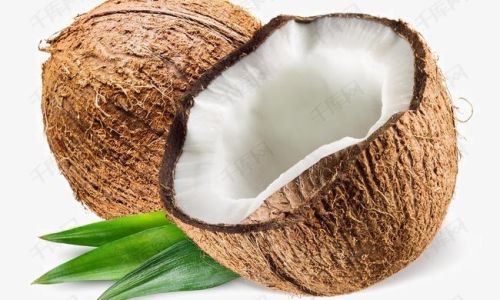

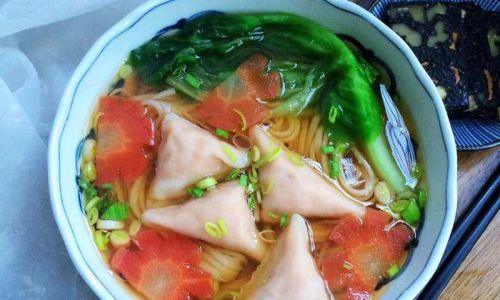

0 comments